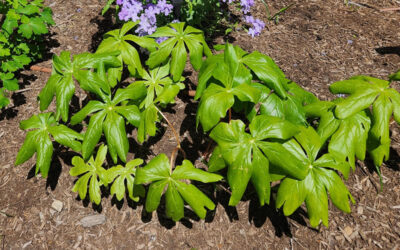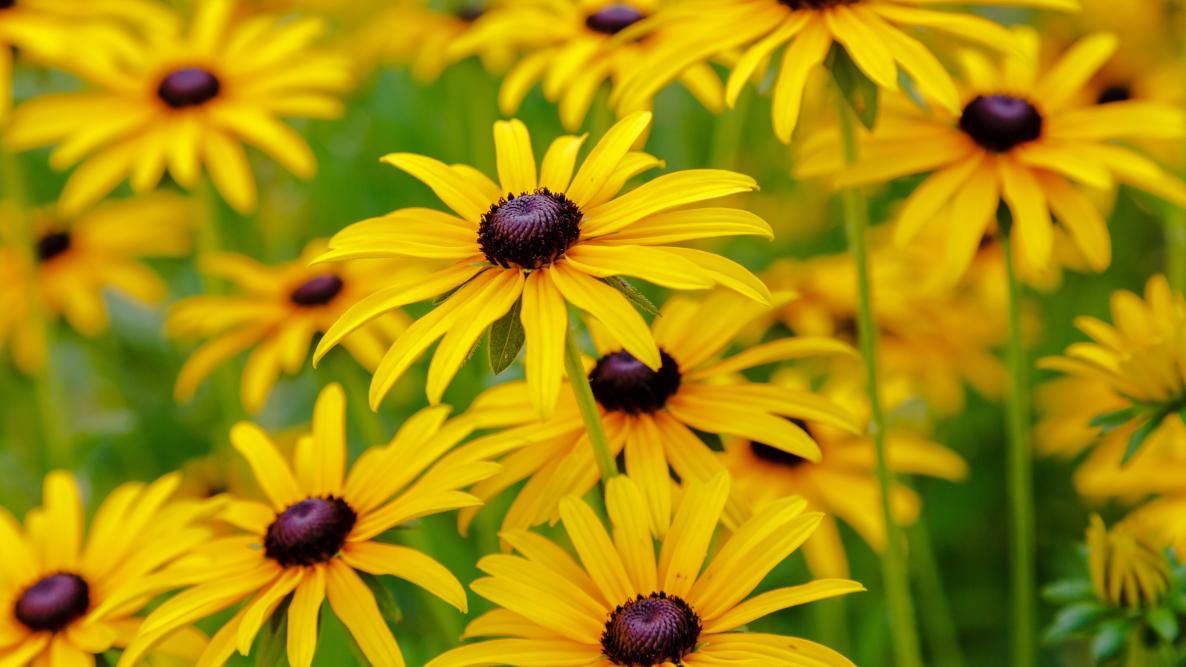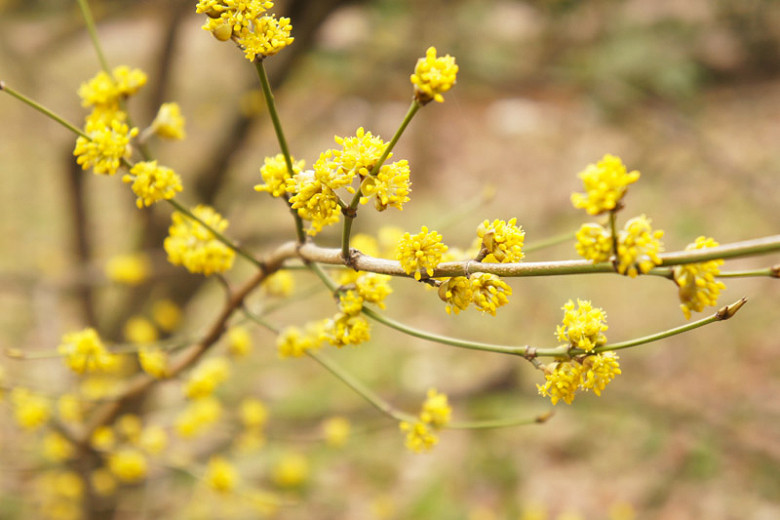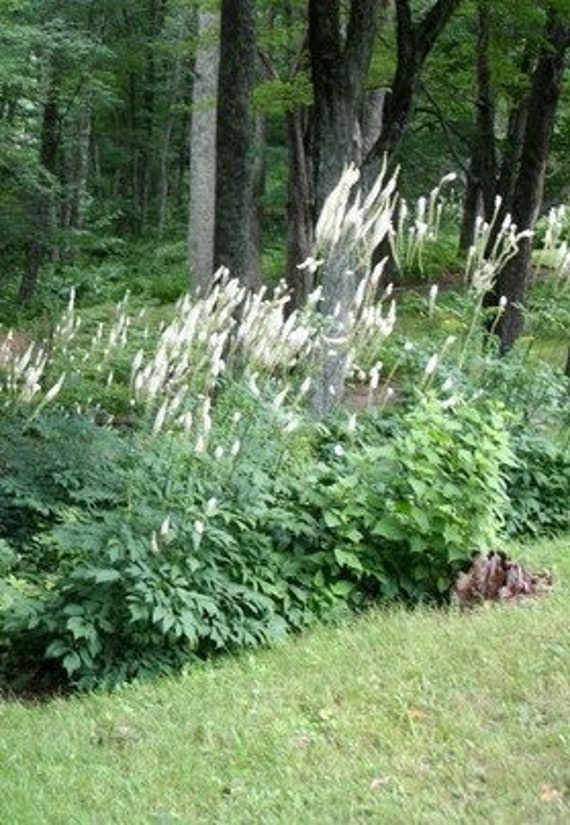Spicebush Companion Plants That Will Make Your Garden Sing
Spicebush Companion Plants That Will Make Your Garden Sing
Spicebush (Lindera benzoin) is a native North American shrub that is known for its fragrant foliage and flowers. It is a versatile plant that can be used in a variety of garden settings, from woodland gardens to cottage gardens.
One of the best things about spicebush is that it is easy to care for. It is drought-tolerant and can tolerate a wide range of soil conditions. It is also deer-resistant, which is a plus if you have deer in your area.
If you are thinking about adding spicebush to your garden, you may be wondering what companion plants would be best. Here are a few suggestions:
- Ferns: Ferns are a great choice for companion plants for spicebush because they share similar growing conditions. They both prefer moist, shady areas. Ferns can also help to add depth and texture to your garden.

- Hostas: Hostas are another good option for companion plants for spicebush. They also prefer moist, shady areas. Hostas come in a variety of colors and sizes, so you can find one that will complement the foliage of your spicebush.
- Astilbe: Astilbe is a beautiful flowering plant that blooms in the summer. It prefers moist, well-drained soil. Astilbe can add a touch of color and interest to your garden.

- Coralbells: Coralbells are another flowering plant that blooms in the summer. They prefer moist, well-drained soil. Coralbells come in a variety of colors, so you can find one that will complement the foliage of your spicebush.
- Virginia bluebells: Virginia bluebells are a beautiful native wildflower that blooms in the spring. They prefer moist, well-drained soil. Virginia bluebells can add a touch of color and interest to your garden.

- Mayapple: Mayapple is a woodland wildflower that blooms in the spring. It prefers moist, well-drained soil. Mayapple can add a touch of mystery and intrigue to your garden.

These are just a few suggestions for companion plants for spicebush. There are many other plants that would work well, so you can experiment and find what works best for your garden.
In addition to companion plants, there are a few other things you can do to make your spicebush garden sing.
- Plant in a sunny to partially shady location. Spicebush prefers full sun to partial shade, but it can tolerate some light shade.
- Water regularly, especially during the first year. Spicebush is drought-tolerant once established, but it needs regular water during the first year to help it get established.
- Fertilize in the spring with a balanced fertilizer. A light application of fertilizer in the spring will help your spicebush reach its full potential.
- Prune in the spring to remove dead, diseased, or damaged branches. You can also prune to shape your spicebush if desired.
With a little care and attention, your spicebush garden will be a beautiful and fragrant addition to your landscape.
Spicebush is a beautiful and versatile native shrub that can be found in many different habitats. It is known for its fragrant flowers, which bloom in the spring, and its colorful fall foliage. Spicebush is also a great choice for companion planting, as it can attract beneficial insects and pollinators.
Some good companion plants for spicebush include:
- Butterfly weed
- Milkweed
- Smooth sumac
- Dwarf false indigo
- Common milkweed
- Rue
- 'Bouquet' /'Fernleaf' dill
- Sassafras
These plants all thrive in similar conditions and can help to support each other's growth. For example, butterfly weed and milkweed attract butterflies, which help to pollinate the spicebush flowers. Smooth sumac and dwarf false indigo provide fall color that complements the spicebush's foliage.
If you are interested in learning more about spicebush companion plants, I encourage you to visit Gardenia Inspiration. This website has a wealth of information about different types of companion planting, including specific recommendations for spicebush.
FAQ of spicebush companion plants
What are the best companion plants for spicebush?
Some of the best companion plants for spicebush include:
- Black-eyed Susans: These flowers attract butterflies and other pollinators, which help to pollinate the spicebush.

- Coneflowers: These flowers also attract pollinators and help to deter pests.
- Joe-pye weed: This tall, flowering plant provides nectar and pollen for pollinators and helps to attract beneficial insects.

- New England asters: These late-season flowers provide food for butterflies and other pollinators.
- Turtlehead: This native wildflower attracts butterflies and hummingbirds.
What are the benefits of companion planting with spicebush?
There are several benefits to companion planting with spicebush, including:
- Attracting pollinators: Spicebush is a nectar-rich plant that attracts butterflies, bees, and other pollinators. These pollinators help to pollinate other plants in the garden, which can lead to a better harvest.
- Decreasing pests: Some companion plants, such as coneflowers and Joe-pye weed, help to deter pests. This can help to keep your garden healthy and free of pests.
- Improving soil quality: Spicebush can help to improve soil quality by adding organic matter and nitrogen. This can benefit other plants in the garden.
- Creating a habitat for wildlife: Spicebush provides food and shelter for a variety of wildlife, such as birds, butterflies, and small mammals. This can help to create a more diverse and balanced ecosystem in your garden.
What are some of the challenges of companion planting with spicebush?
There are a few challenges to companion planting with spicebush, including:
- Spicebush can be invasive: If not properly managed, spicebush can become invasive. It is important to plant spicebush in an area where it will not spread too quickly.
- Spicebush can attract deer: Deer love to eat spicebush leaves. If you have deer in your area, you may need to take steps to protect your spicebush plants.
- Spicebush can be susceptible to pests and diseases: Spicebush can be susceptible to a few pests and diseases, such as scale insects and powdery mildew. It is important to monitor your spicebush plants for signs of pests and diseases and to take steps to control them if necessary.
What are some tips for companion planting with spicebush?
Here are a few tips for companion planting with spicebush:
- Plant spicebush with other native plants: This will help to attract the same pollinators and beneficial insects that spicebush attracts.
- Plant spicebush in a sunny location: Spicebush needs full sun to thrive.
- Water spicebush regularly: Spicebush is drought-tolerant, but it will need regular water during the first year after planting.
- Mulch around spicebush: Mulch will help to keep the soil moist and suppress weeds.
Image of spicebush companion plants
Here are 5 images of spicebush companion plants from Pinterest:
- Eastern redbud: This tree is a beautiful addition to any garden, and it's also a great companion plant for spicebush. Eastern redbud blooms in the spring with bright pink flowers, and its leaves turn a brilliant red in the fall.

- Virginia sweetspire: This shrub is another great choice for companion planting with spicebush. Virginia sweetspire blooms in the summer with white flowers, and its leaves turn a golden yellow in the fall.

- Black cohosh: This perennial is a good choice for companion planting with spicebush because it attracts beneficial insects. Black cohosh blooms in the summer with white flowers, and its leaves are a deep green.

- Coral bells: This perennial is a good choice for companion planting with spicebush because it has similar growing conditions. Coral bells bloom in the summer with colorful flowers, and their leaves are a deep green.
- Solomon's seal: This perennial is a good choice for companion planting with spicebush because it can help to suppress weeds. Solomon's seal blooms in the spring with white flowers, and its leaves are a dark green.

Post a Comment for " Spicebush Companion Plants That Will Make Your Garden Sing"